After the 2015 Chevrolet Camaro Z/28 launched last year, the people at Ford likely rather suspected that they had a difficult problem on their hands; how does one aptly fire back at the ultra-high performance Chevy, and attempt to reclaim the throne reserved for the most track-savvy American pony car?
Wasting no time, the new, consolidated Ford Performance division cooked up this: the 2016 Ford Mustang Shelby GT350.
The broad stroke details of the new Shelby GT350 are already largely known; it’s the first production Mustang – and first Ford, for that matter – to boast magnetorheological dampers. At the front lurks a new 5.2-liter, flat-plane crank V8, capable of screaming its way up to an 8,200 RPM redline.
But let’s take a look at some of the more minute, attentive features of the new Shelby GT350 chassis. For instance, Ford Motor Company is quite proud of the rear springs on the new track pony; their engineers found that having the springs wind in opposite directions on each side of the car improved rear-end stability markedly. So, one of the springs winds clockwise, while the other is wound anti-clockwise, so that even lateral forces during the suspension travel are perfectly balanced.
As we’ve mentioned, the 2016 Ford Mustang Shelby GT350 also features “MagneRide” suspension at all four corners. That’s a bit of recent technology wherein the dampers contain a ferrous fluid to which an electric charge is applied as-needed to dynamically change the fluid’s viscosity – and therefore, the dampers’ hardness. But just as important as the tech itself is how its calibrated and controlled. To achieve maximum performance, the MagneRide dampers in the Shelby GT350 are controlled by a computer which takes into account everything from steering angle, pitch, and yaw, to less obvious factors – like ambient temperature readings. The dampers adjust to conditions continuously every couple of milliseconds.
And then, there are measures taken to reduce weight in the nose of the Ford Mustang Shelby GT350, and shift the distribution a bit further backward to reduce cornering “plow.” These measures include, for instance, the use of a carbon fiber front grille opening reinforcement, which weighs about 24 percent less than the typical stamped-steel piece.
Finally, to see to the equally important task of slowing it all to a halt, the 2016 Ford Mustang Shelby GT350 features two-piece iron rotors at all four corners, chosen because after countless tests, iron was actually found to offer superior performance and durability to carbon ceramic. Six-piston front, and four-piston rear, Brembo brake calipers apply the clamping force on the new Shelby GT350, and in testing, the setup has been found to exhibit negligible amounts of fade after rigorous use.
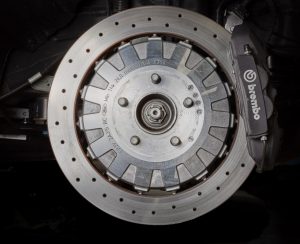
Iron rotors were found to be superior to carbon ceramic. The Shelby GT350 features 15.5-inch iron rotors in front, and 15-inch units in back.
The 2016 Ford Mustang Shelby GT350 has some truly large shoes to fill; not only must it compete with the likes of the Chevrolet Camaro Z/28 both on and off the track, but it follows in the footsteps of the other-worldly 2013 Ford Shelby GT500. But where that car’s basic formula seemed to consist of supercharging the engine to 662 HP and building everything else up to suit, the 2016 Shelby GT350 seems to have used a far cleverer, more analytical approach to drawing out the best possible performance.

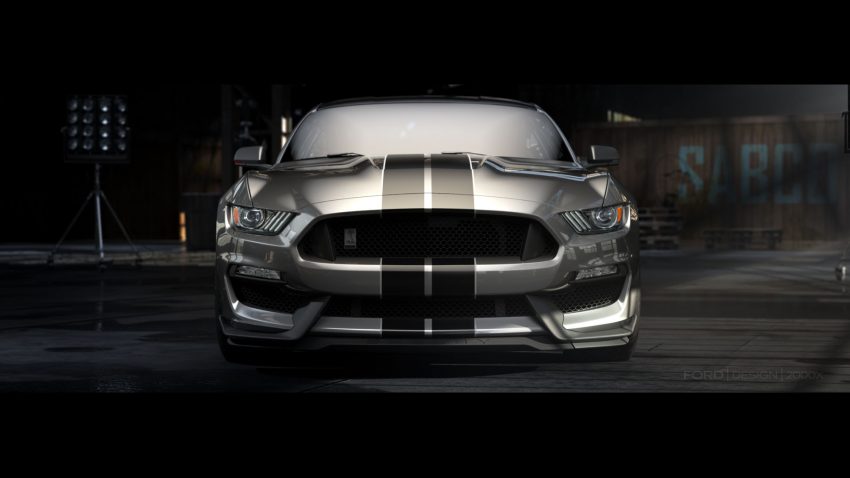
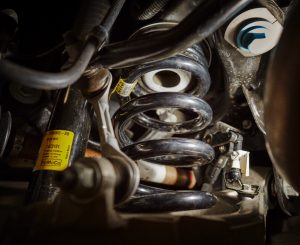
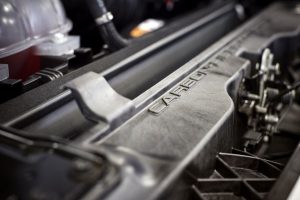
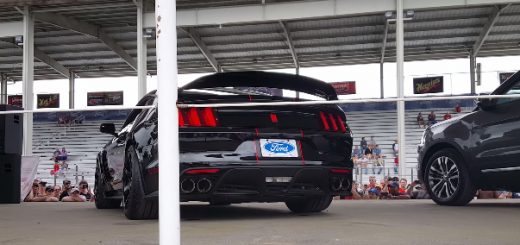
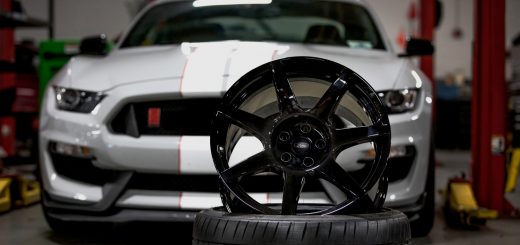
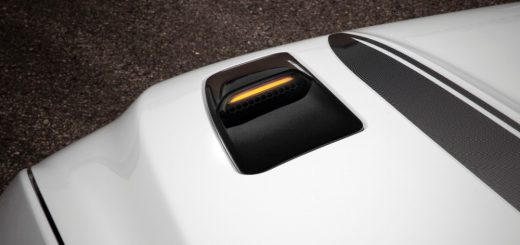









No Comments yet